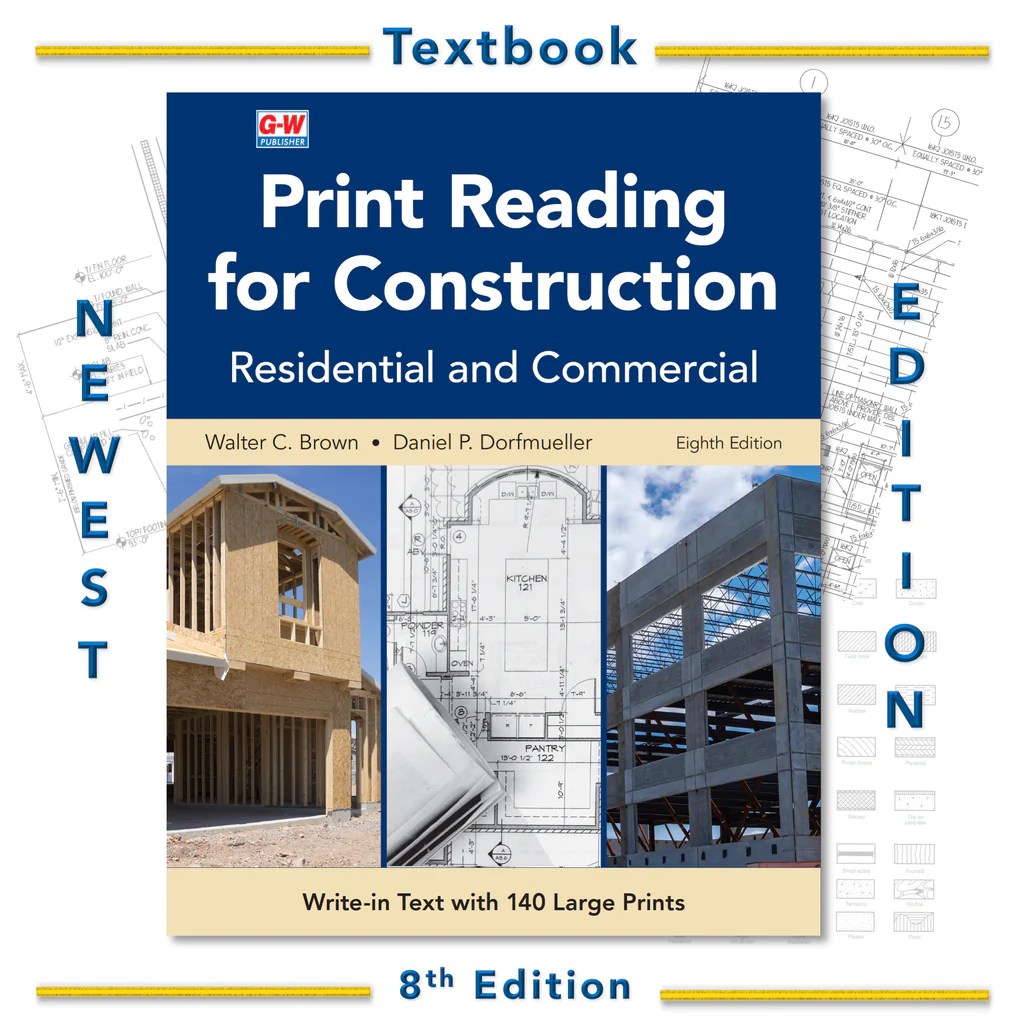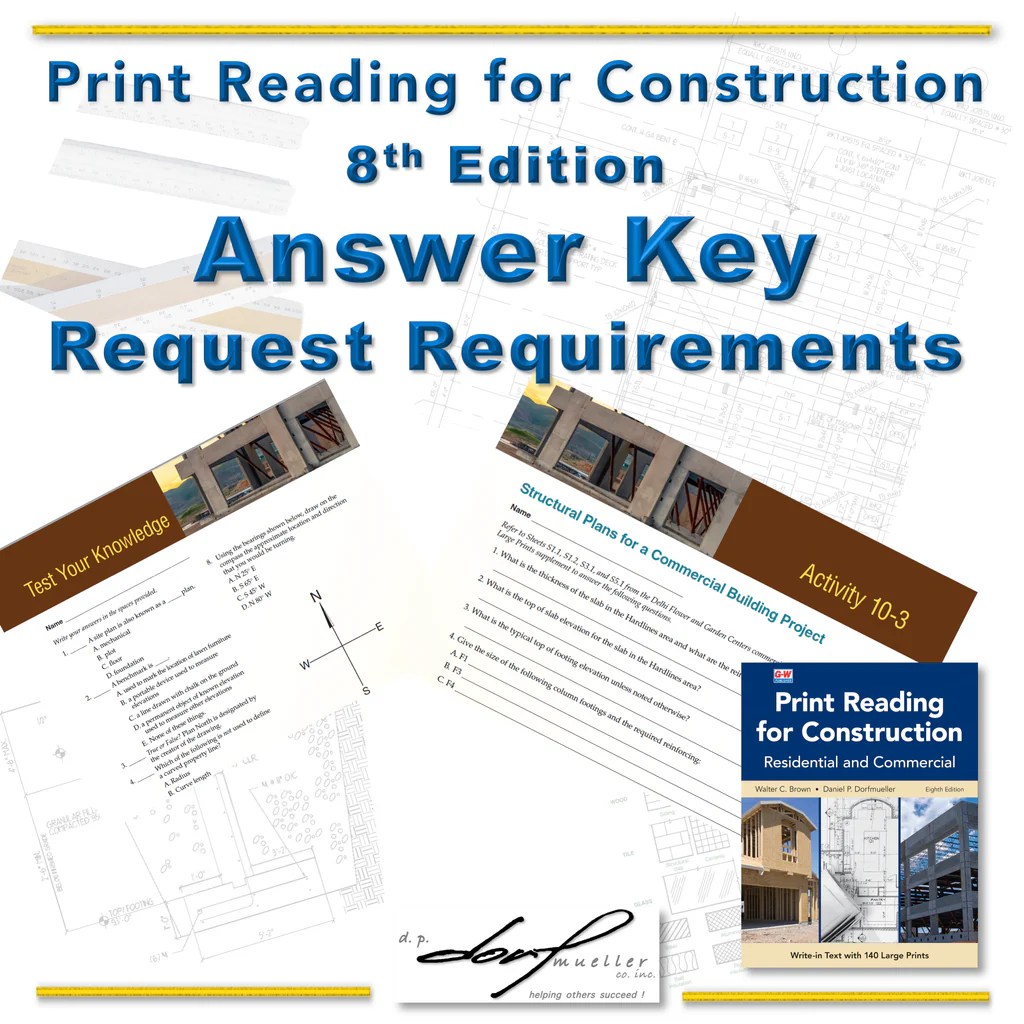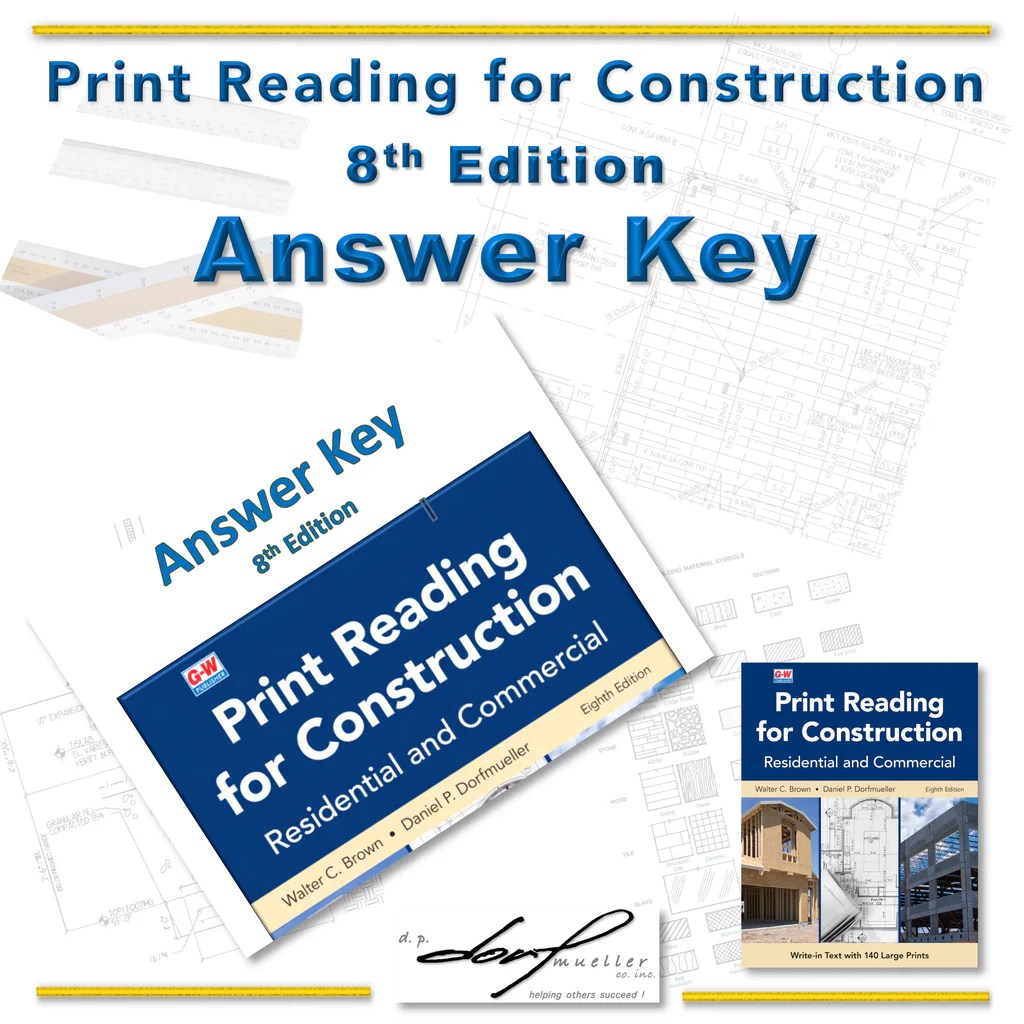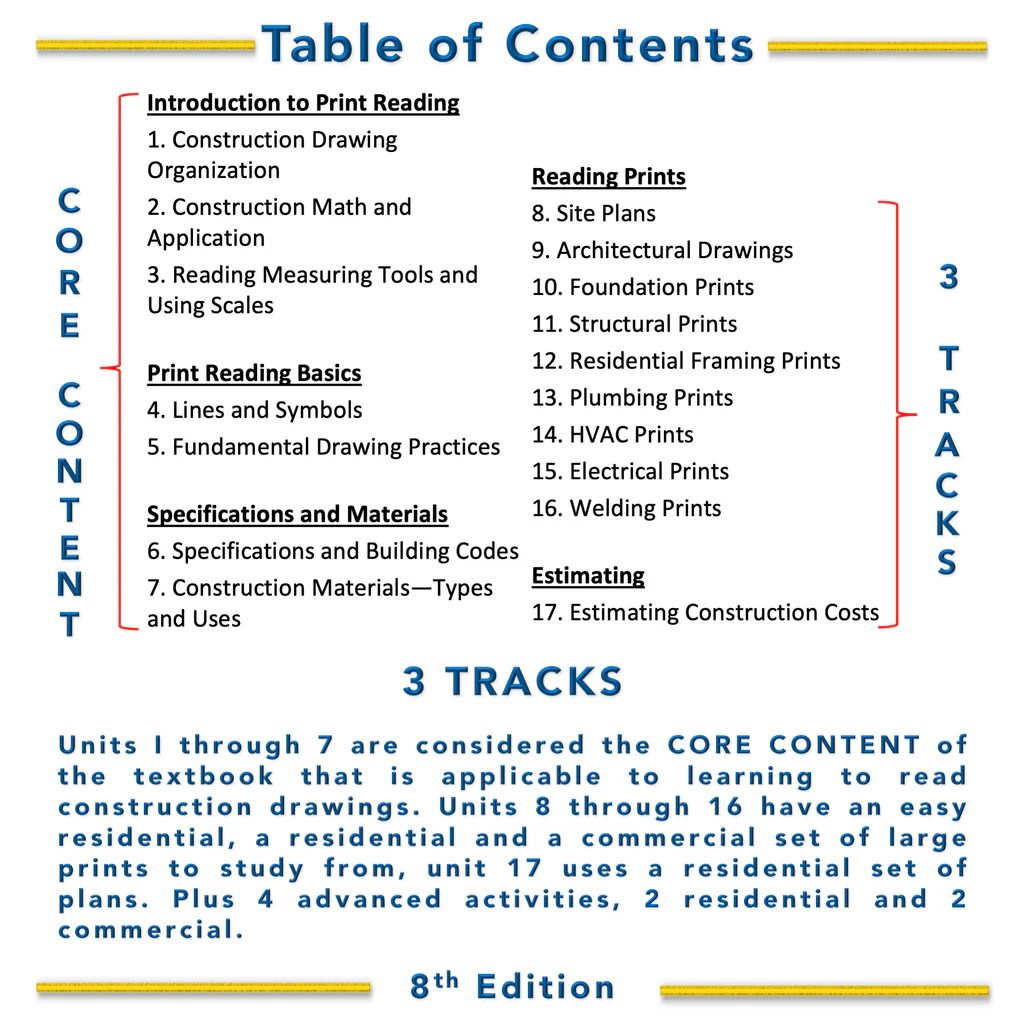Print reading for construction 8th edition answer key PDF serves as an indispensable tool for construction professionals, providing a comprehensive understanding of construction drawings and their interpretation. This guide delves into the fundamentals of print reading, exploring the various types of construction drawings, symbols, and conventions employed in the industry.
Throughout this guide, we will delve into the intricacies of architectural, structural, mechanical, electrical, and civil drawings, equipping readers with the knowledge and skills necessary to effectively interpret and utilize these essential documents. Additionally, we will explore the significance of estimating, scheduling, and Building Information Modeling (BIM) in construction, providing a well-rounded understanding of the entire construction process.
Print Reading Fundamentals: Print Reading For Construction 8th Edition Answer Key Pdf

Print reading is an essential skill for construction professionals. It allows them to interpret the plans and specifications that guide the construction process. Without the ability to read prints, construction workers would be unable to build structures safely and efficiently.
There are different types of construction drawings, each with its own purpose. Architectural drawings show the overall design of a building, including the floor plan, elevations, and sections. Structural drawings show the structural components of a building, such as the foundation, beams, and columns.
Mechanical drawings show the mechanical systems of a building, such as the HVAC system, plumbing system, and electrical system. Electrical drawings show the electrical systems of a building, such as the wiring, lighting, and outlets.
Construction drawings use a variety of symbols and conventions to convey information. These symbols and conventions are standardized, so that they can be understood by construction professionals from all over the world.
Architectural Drawings
Architectural drawings are the most common type of construction drawing. They show the overall design of a building, including the floor plan, elevations, and sections.
The floor plan shows the layout of a building from above. It shows the location of the walls, doors, windows, and other features. The elevations show the exterior of a building from different sides. The sections show the interior of a building, cutting through the building to show the different levels.
Architectural drawings also include information about the materials that will be used to construct the building. This information is typically found in the specifications, which are a separate document that accompanies the drawings.
Structural Drawings

Structural drawings show the structural components of a building, such as the foundation, beams, and columns. These drawings are used to ensure that the building will be able to withstand the forces that will be acting on it, such as gravity, wind, and snow.
Structural drawings typically include the following information:
- The size and location of the foundation
- The size and location of the beams and columns
- The materials that will be used to construct the structural components
- The loads that the structural components will be able to withstand
Mechanical Drawings

Mechanical drawings show the mechanical systems of a building, such as the HVAC system, plumbing system, and electrical system. These drawings are used to ensure that the building will be comfortable and efficient to operate.
Mechanical drawings typically include the following information:
- The location of the mechanical equipment
- The size and type of the mechanical equipment
- The materials that will be used to construct the mechanical systems
- The loads that the mechanical systems will be able to handle
Electrical Drawings

Electrical drawings show the electrical systems of a building, such as the wiring, lighting, and outlets. These drawings are used to ensure that the building will be safe and efficient to operate.
Electrical drawings typically include the following information:
- The location of the electrical equipment
- The size and type of the electrical equipment
- The materials that will be used to construct the electrical systems
- The loads that the electrical systems will be able to handle
Essential FAQs
What is the significance of print reading in construction?
Print reading is crucial in construction as it enables professionals to accurately interpret and understand construction drawings, which serve as the blueprints for any construction project.
What are the different types of construction drawings?
Construction drawings encompass architectural drawings, structural drawings, mechanical drawings, electrical drawings, and civil drawings, each specializing in a specific aspect of the construction project.
What is the purpose of architectural drawings?
Architectural drawings provide a detailed representation of the building’s design, including floor plans, elevations, and sections, outlining the building’s overall layout, dimensions, and aesthetics.